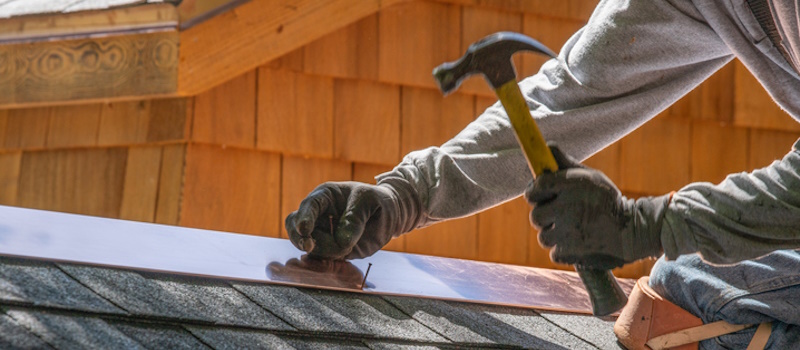When Is It Time for a New Roof?
When Is It Time for a New Roof?

When Is It Time for a New Roof?
According to the Insurance Information Institute, roof-related damage can be responsible for up to 90% of total insured residential losses. About one-third of property owners replace their roofs due to leaking while another third replace due to storm damage. Rounding out the list is anticipated roof failure.
Whatever the reason behind a roof replacement, roofs represent a significant investment depending on the type of roof you're replacing. But neglecting repair could be even more costly, as damaged or aging roofs can lead to major property damage. Learn what signs to be on the lookout for that could indicate it's time to think about a new roof.
Age
Age is one of the most important factors to consider regarding your roof — and replacement largely depends on the type of roof that's installed. Here's an overview of roof types and their estimated life spans:
- Asphalt: 15 to 30 years.
- Wood: 20 to 40 years.
- Metal: 40 to 75 years.
- Synthetic: 20 to 50 years.
Damage
Whether damaged in a storm or just worn down from old age, roof issues can put your property at risk. A general rule of thumb is that if more than 25 percent of your roof is damaged, you should have it replaced. Some signs to watch for include:
- Curling, broken or missing shingles.
- Discoloration in certain areas.
- Moss or algae growth.
- Parts of the roof that appear to be sagging lower than other parts.
- Damaged flashing.
- Interior water stains, which can indicate roof leakage.
- Granule deterioration, if you have an asphalt roof. (Look in your gutters or near your downspouts for signs of this.)
Be sure to check your insurance policy or contact your agent for more information on what's covered and how much is covered following any weather-related damage to your roof.
